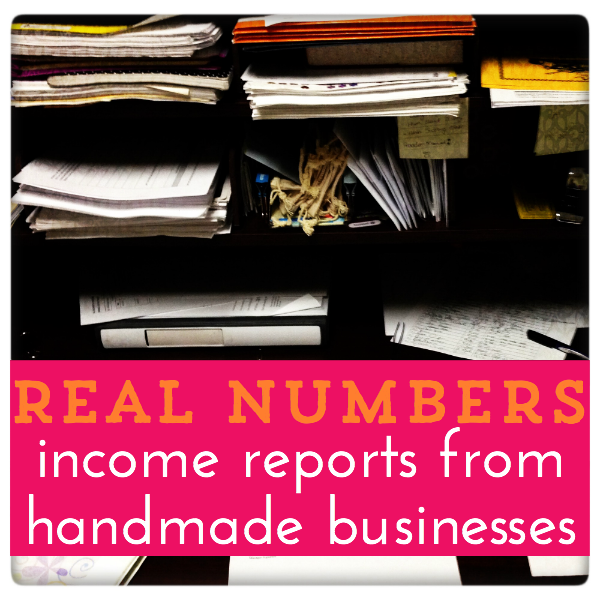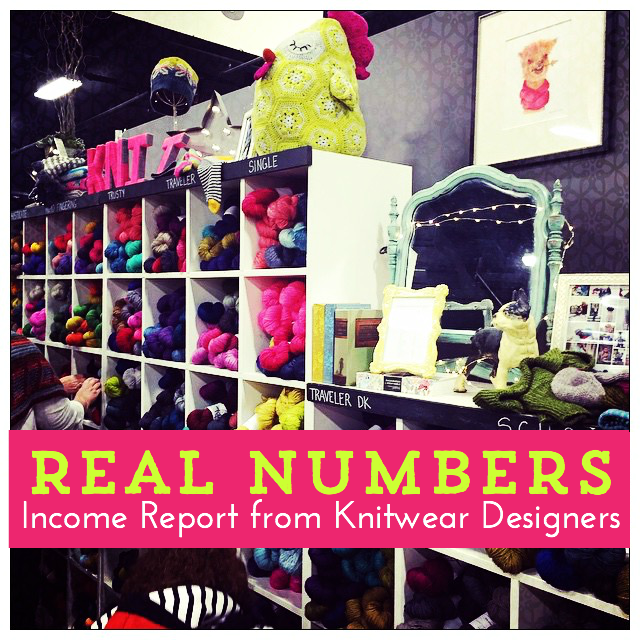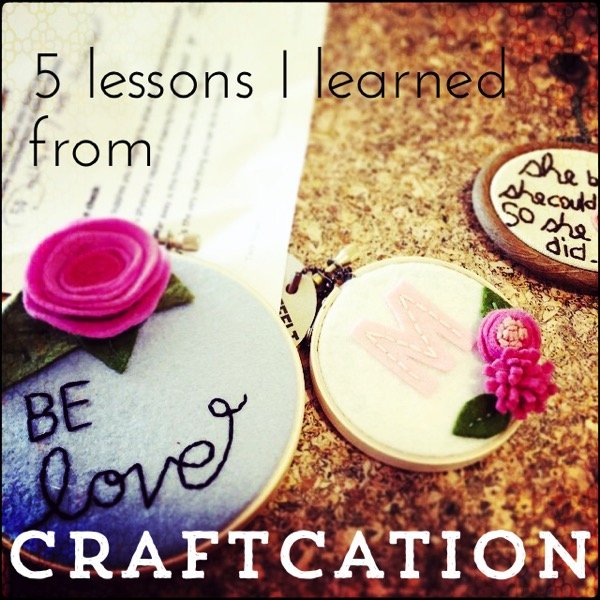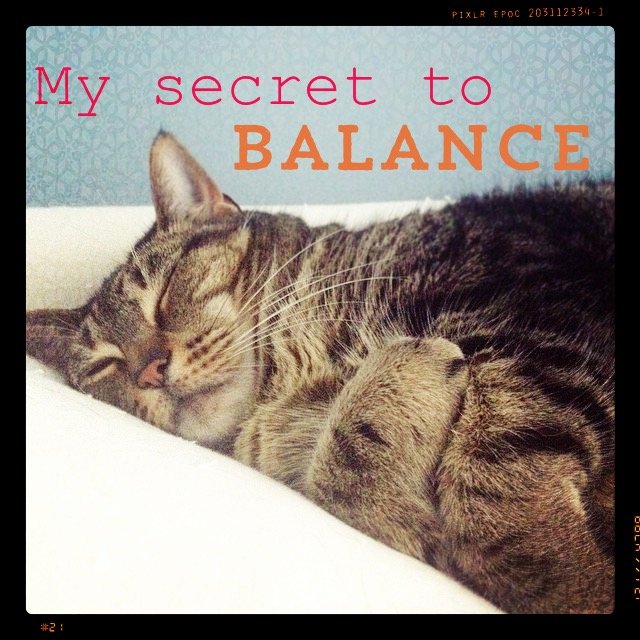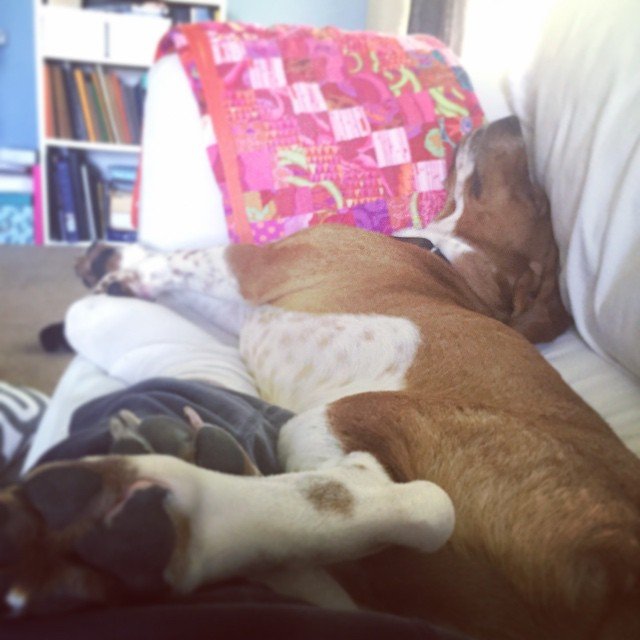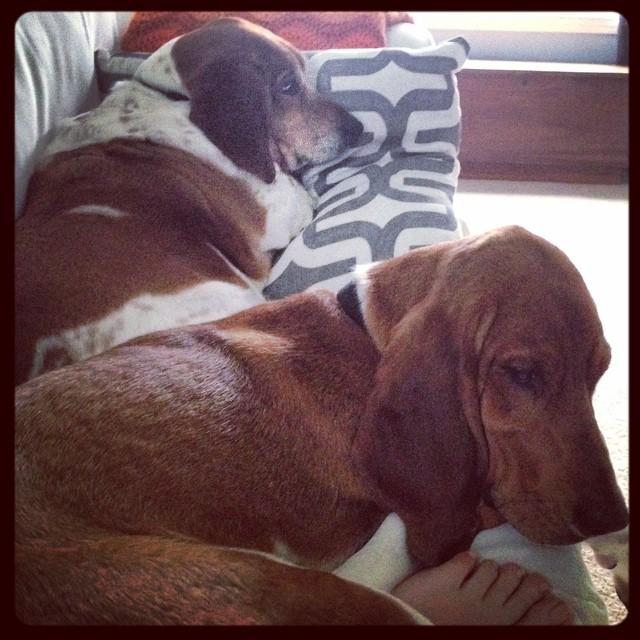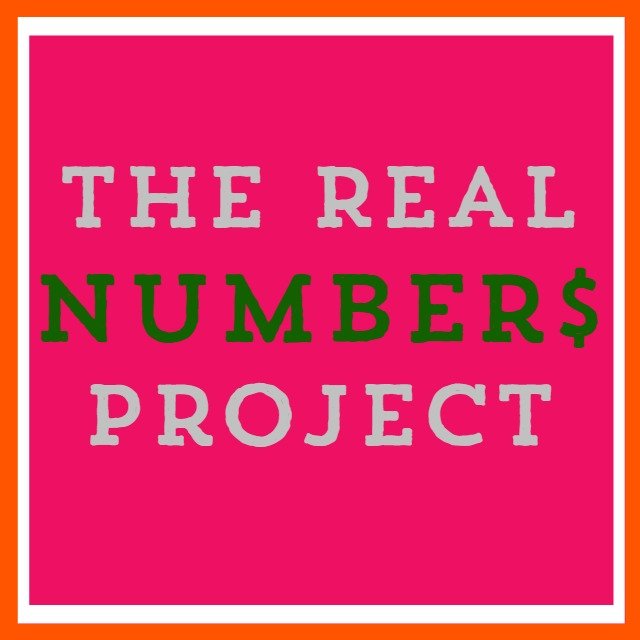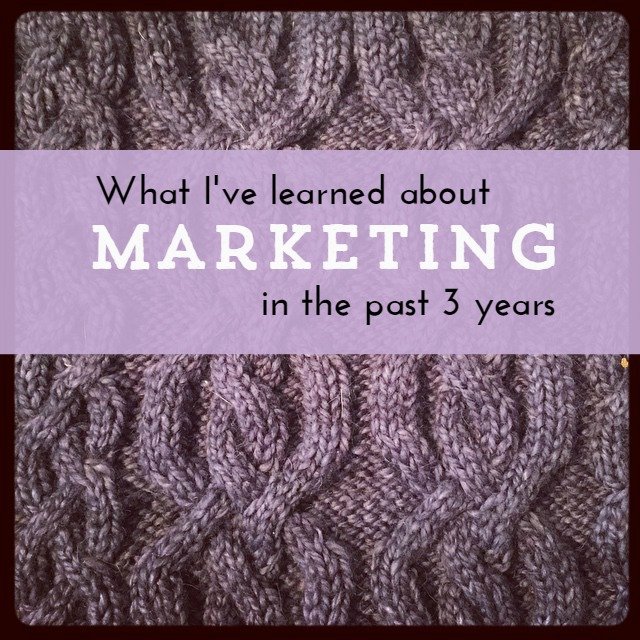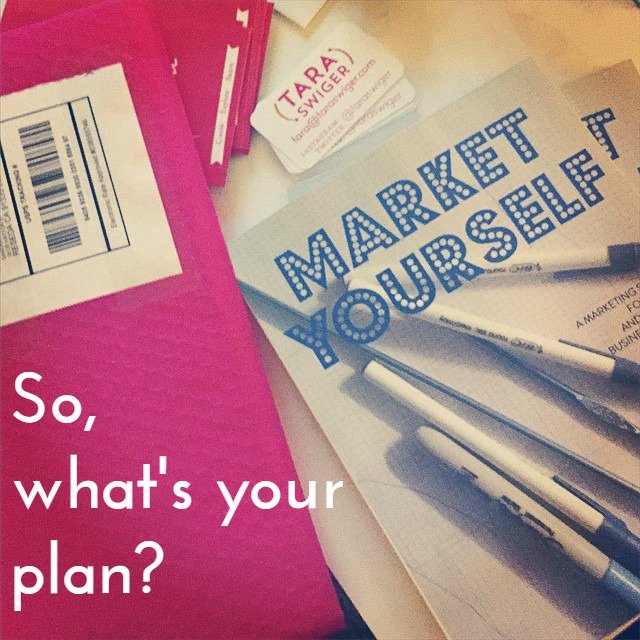Last week I shared the income reports from knitwear designers and this week I’ve gathered up the data from makers who sell a product. These numbers were self-reported in my Real Numbers Project Survey, which was completely anonymous. Please remember, before you dive into the numbers, stop to think about what you can learn from the numbers.
This batch of reports has a much bigger range in income AND in lessons from the numbers.
First, let’s look at an overview:
Gross sales (before expenses) per month:
- 15% businesses with $0
- 25% businesses under $300 (there were several people who said they considered this a “hobby”, and I’ve taken them out of the results)
- 31% business between $300 – $1000
- 21% businesses between $1000 – $10,000
- 8% businesses over $10,000
Next, we'll look at some real numbers, from the youngest, the oldest (and most profitable!) and two that represent the middle. After the reports, I’ll share the findings I found most interesting.
Youngest business:
What do you make or sell?
branded stationery and gifts
How do you sell it?
online to customers, wholesale or consignment
How long?
7 months
Do you consider this a business or a hobby?
business
How long have you been dedicated to working on it as a business?
12 months
What was your gross income last month?
$0
How much were your expenses last month?
$500
What was your net revenue?
$-500
Was last month a normal month?
Normal – I’m working on a full launch over the summer and into the fall.
What aren’t the numbers telling me?
That presently the focus is on getting the branding right, the product line more established. We are working on building “trust equity” with our audience before we start any kind of focus on sales and we understand things take time.
What else do you measure month-to-month?
social media followers
Do you focus more on a metric other than money?
Trust and loyalty. We are working on building and sustaining an audience that is loyal to our values and the brand's values.
Where do you think most of your sales come from?
Etsy
What kind of marketing do you do?
Social media via Hootsuite
How do YOU feel about the money in your business?
It's fine, and exactly where it was expected to be.
What’s your goal for your business, big picture? Where do you want it to be?
To be a thought leading brand within the “tribe” that is our audience.
How do you feel about that?
Confident. Much of our research has been about understanding the needs and aspirations of the group.
What was it like answering these questions? How do you feel?
Felt fine, nothing particularly surprising…
Is there something in particular you think helped move your business forward?
Building trust with the core audience.
Was there anything that you’ve tried that just did NOT work for you?
Overselling, maybe? In other words, overdoing social media selling … Otherwise, nothing yet.
Example of Average Biz #1:
What do you make or sell?
pottery
How do you sell it?
online to customers – wholesale or consignment
in person at events – farmer’s markets, craft shows, etc.
How long?
2 years
Do you consider this a business or a hobby?
business
How long have you been dedicated to working on it as a business?
1 year
What was your gross income last month?
$309.10
How much were your expenses last month?
$360.37
What was your net revenue?
-$51.27
Was last month a normal month?
Higher than usual for not having a craft show in the month … being almost exclusively Etsy sales (almost all custom orders). Lower than the average month that has a craft show.
What aren’t the numbers telling me?
$290.00 of the expenses was prepaying for 2 large craft shows much later in the year which are very well attended … my first time participating in such large shows. So my expenses that actually relate to the last month are actually only $70.37.
What else do you measure month-to-month?
Total number of individual sales
Where do you think most of your sales come from?
craft shows
What kind of marketing do you do?
Facebook and Instagram several times per week.
How do YOU feel about the money in your business?
It is growing at a slow but steady pace.
What’s your goal for your business, big picture? Where do you want it to be?
This year is a test. My goal is to make enough with my pottery business to take one day per week off from my day job next year, growing that to 2 days in a few years until eventually I can work just a couple of days per week at a day job and focus on growing my business.
How do you feel about that?
Some days I feel that it is too slow, and that in order to grow the business, I need to be taking time off work now … but I need to make sure the market is there before I can take the jump.
What was it like answering these questions? How do you feel?
Nothing really surprised me as I have been thinking about these things from my reading and listening to podcasts (thank you Tara Swiger).
Anything else you want to tell me or your fellow creatives about your numbers or how you feel about them?
For most people who participate in craft shows, I don't think looking at one month individually is a very accurate depiction of profit vs expenses because it seems that all of the craft shows for the year have to be paid for in a period of about 2-3 months – and usually before any of them actually start. I only do about 6 craft shows or so per year, and 5 of them need to be paid for in the March – May window, even though the first one doesn't start until mid-April. I am tracking my numbers over the period of 1 year to see if I reach my “magic number” by the end of the year (so far, I'm almost – but not quite – on track to reach it).
Is there something in particular you think helped move your business forward?
Plain and simply dedicating more time to my small business. Since December or January, I have made a conscious effort to do “something” each day for my business … whether that be making new products, advertising, listing on Etsy, working on packaging or branding, etc. This is done every evening and on weekends as I still have a day job.
Was there anything that you’ve tried that just did NOT work for you?
Facebook does not work very well for me as I do not have many followers so far. With each show that I do, my audience grows, but only a handful at a time.
Example of Average Biz #2:
What do you make or sell?
fabric purses & wallets
How do you sell it?
online to customers
events
How long?
8 years
Do you consider this a business or a hobby?
business
How long have you been dedicated to working on it as a business?
8 years
What was your gross income last month?
$1522
How much were your expenses last month?
$389
What was your net revenue?
$1133
What did you do with the profit, if there was any?
pay the rent & other living expenses
Was last month a normal month?
Last month was the highest non-holiday month I've ever had.
What else do you measure month-to-month?
total number of individual sales
Do you focus more on a metric other than money?
Looking at where I was last year, two years & five years & ten years ago and seeing how far I've come.
Where do you think most of your sales come from?
people searching for my products on Etsy
What kind of marketing do you do?
Twitter, newsletter, Facebook, word of mouth, some yearly craft shows.
How do YOU feel about the money in your business?
I'm very discouraged that I make so little income for all the time and work I do.
What’s your goal for your business, big picture? Where do you want it to be?
I want for my business to pay for all of my expenses.
How do you feel about that?
I've seen improved sales these past weeks and I'm continuing to improve and expand my product line & improve as a seamstress, so I think that it's realistic. However I often have days, weeks & months where it does not seem or feel realistic at all.
What was it like answering these questions? How do you feel?
It felt good to talk realistically. I rarely (pretty much never) talk realistically about numbers with anyone, since the few times I have people have said discouraging things to me like “I should consider living in a homeless shelter.”
Is there something in particular you think helped move your business forward?
Re-branding my business last year from using recycled fabrics to using new fabrics.
Was there anything that you’ve tried that just did NOT work for you?
Blog features and giveaways, don't think this led to any sales, really.
Highest Net
(Note, this is ALSO the longest-in-business):
What do you make or sell?
Waldorf toys
How do you sell it?
online to customers, wholesale or consignment
How long have you been dedicated to working on it as a business?
21 years
What was your gross income last month?
$50,000
How much were your expenses last month?
$30,000
What was your net revenue?
$20,000
What did you do with the profit, if there was any?
We reinvest in inventory.
Was last month a normal month?
That’s the monthly average.
Where do you think most of your sales come from?
stores/wholesale
What kind of marketing do you do?
blog, email, FB, IG
How do YOU feel about the money in your business?
We need more sales.
*****
Isn’t that interesting?
What’s even more fascinating is the broad range of reactions people have to their income and where they want to go. I asked, “How do you feel about your goal?” and this a sampling of responses:
“Looks like it will happen, I'm optimistic!” -a business that had $6 profit
‘I'm pretty confident that I can get there. I'm still figuring out what sells best, where my sweet spot is for the profit margin, and how to build my customer base.” – a business that had -$160 profit
“It is a little scary to put this is writing. I'm worried about judgement by others….and my own judgement of my progress towards my goal.” – a business with over $900 in profit
“Excited? Scared? It's always a bit scary when you change direction…” – a business with $1076 in profit
What I hope you see here is that the happiness or contentedness of the answerer aren’t correlated with the income (or “success”) of the person’s business. Instead, they are related to that person’s goal and where they think they “should” be by now. People making $0/month and $1000/month both wrote that they felt doubt and worry. People making $0 and $15,000 both felt excited and encouraged. You see, it’s not the numbers that matter, it’s what you choose to do with what you can learn from the numbers.
Another important piece to note is how (un)comfortable people are in looking at their real numbers. When I asked how people felt after answering the questions, they said:
“I don't like to think too deep about my business – it's scary and it makes it feel very real. I don't like to answer in depth questions, I like to just go with the flow and be surprised by the results. That way I can never be disappointed. But it's not the best strategy.” -business with $0 in sales
“Good! Nothing surprised me, but it's always good to have to answer these questions. It makes me think. It makes me make sure that's really how I feel, what I want, etc. And it helps me get crisper on my goals and why they are my goals.”
“I feel fine, but only because Starship had helped reign in my focus, helped me recognize where I am right now and what I need to do to get where I want to be.” – business with over $500 in sales
“It's great to reflect on this topic. Its something I hadn't given enough thought to in the past. Writing it down here made me realise how much I want this to work.“ -business with $1,000 in sales
“I always feel a little bad about not being great at business when i think about the money, but since I took your Pay Yourself e-course winter 2014 I have really tackled this money issue head on and made big changes to help push me toward financial sustainability.” -business with $1,009 in sales
I also noticed that of the business owners who made more than $1,000/month, NONE of them were suprised by the numbers – in fact, they all had the numbers easy to gather, while businesses who made less than $300 had to spend more time gathering the numbers, and many of them were unsure of their exact expenses, or the answers to some of the marketing questions. One way of looking at this is that people who don’t make very much per month don’t feel pressured to keep up with it. But I’ve learned by working with students long-term that the very act of getting on top of your profit margin increases your sales. When you know your expenses, you’re sure to price right. And when you know what you made in one month, you can make changes (and measure the results!) to increase your sales next month.
Or as one Starship Captain said in the survey (who had a net profit of $6,129 in March): “Keeping close track of my sales vs. expenses has helped me streamline my process and keep me profitable. It's also allowed me to plan for realistic growth.”
If you don’t know your numbers, I strongly recommend that you take a moment now and do the math.
You can use Pay Yourself to learn how to do the math, and to identify the profit margin of your products and your business’s break even point.
It’s my hope that this Real Number Project has given you a dose of reality and encouragement. I’ve heard from so many of you that you’ve loved it, and that thrills me! Please remember not to compare yourself, but to learn what you can, and then get back to doing your own work.
If you feel overwhelmed by all you could do to improve your numbers, let’s cut through the overwhelm. I’ll be sharing (free!) resources about the only things you need to worry about (so you can ignore everything else!), with everyone who’s interested in Pay Yourself – a program that guides you through building the profitability in your business.

